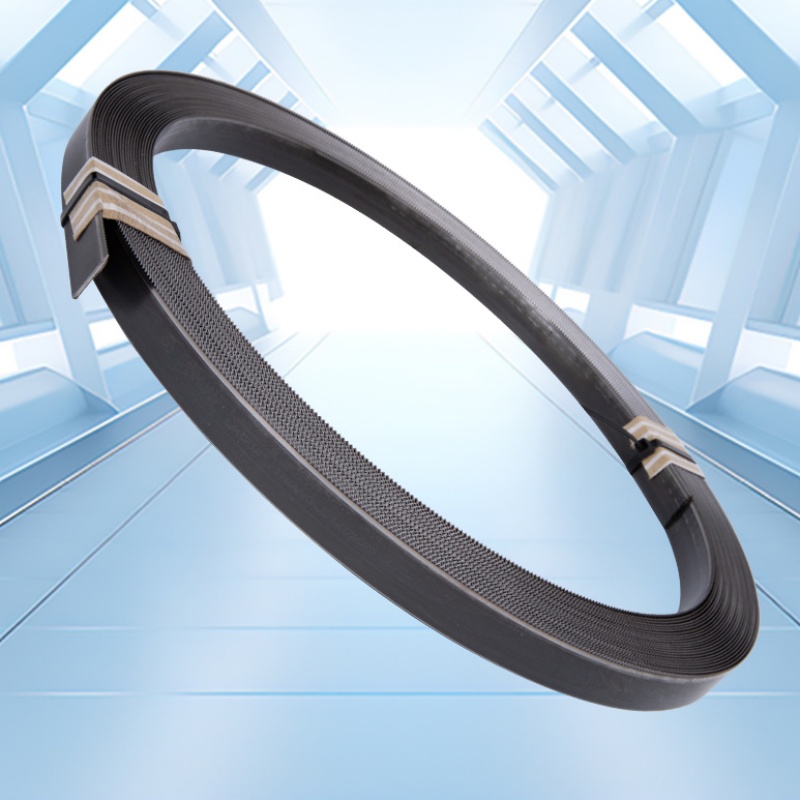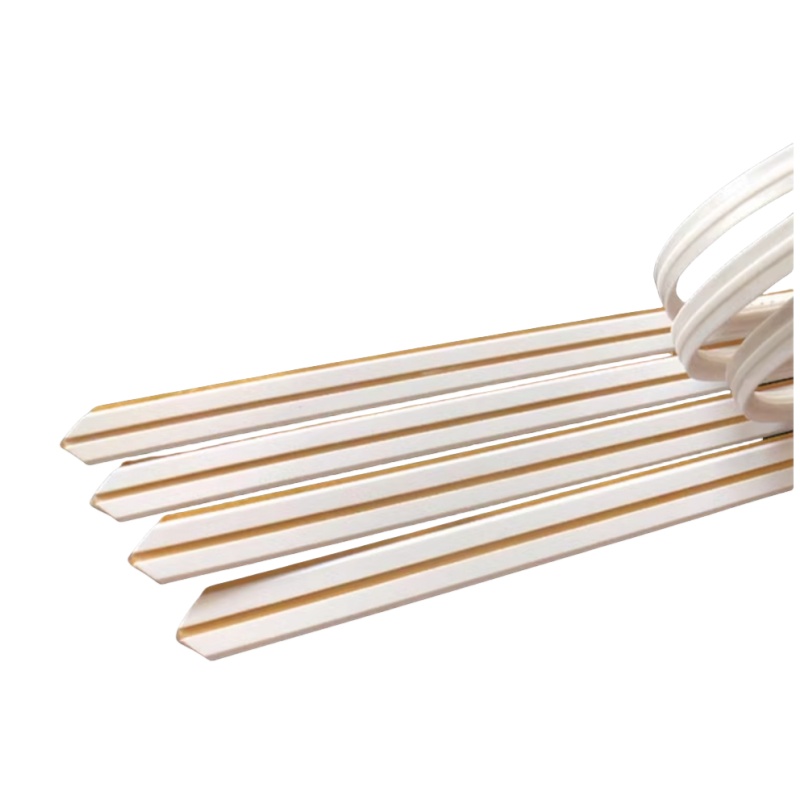Is punch precision essential in mass production environments How auto bending machines reduce manual intervention and errors

Die production techniques assume an important capacity in the creation exceptional segments within multiple spectrum of trades. This type of metal demonstrate remarkable toughness, helping them to endure severe loads involved in manufacturing processes. From industrial constructs to consumer electronics apparatus, rule die steel applies its involvement in a extensive of markets.
- Heavy Equipment sections: Rule die steel is indispensable for crafting durable and well-defined assemblies such as axles, seals and supports.
- Packaging machinery: The fine detail and resistance to wear of rule die steel make it suitable for manufacturing precise food processing machinery.
- Metal Stamping Dies: Rule die steel is the primary material of reliable tooling and molds used in various manufacturing systems, ensuring uniform product yields.
Exactness Cutting Rules for Sharp Sheet Metal Fabrication
Realizing precision in sheet metal fabrication calls for meticulous attention to particulars, particularly when it comes to sectioning. Implementing the right cutting rules is pivotal to providing exact and reliable results. First and foremost, selecting the appropriate cutting method for your material thickness and desired edge quality is necessary. Options include water jet cutting, each with its own attributes. In addition, understanding material properties like tensile strength, ductility, and hardness can help prevent warping or damage during the cutting process. Always consult a material's datasheet for explicit guidelines on safe cutting practices.
- Correspondingly, maintaining sharp cutting tools is essential for polished cuts and preventing stress on the sheet metal.
- Warm-up the material can reduce thermal stress and improve cut quality in thicker materials.
- Conclusively, post-processing steps like deburring and edge finishing are necessary for achieving a professional and functional product.
Familiarizing with Punch and Die Construction
Punch and die construction is a important aspect of the metal stamping process. These tools create metal sheets into various modules by applying specific pressure. The design and construction of punches and dies profoundly influence the success of the stamped outputs. A well-constructed punch often features a hardened steel tip to withstand repeated loads, while the die complements this force with a precisely machined cavity. The contact between these two elements protects the dependable transfer of shape and magnitude to the metal sheet. The elaboration of punch and die construction can adjust based on the explicit requirements of the stamping application. Variables such as the material thickness, shape complexity, and production volume comprehensively play a role in determining the pattern of the tools. Understanding these fundamental principles of punch and die construction is significant for anyone involved in the metal stamping industry. From operators to operators, a solid grasp of this subject can bring about to increased efficiency, product quality, and overall success.Optimizing Fold Lines with Creasing Matrices
When it comes to achieving precise manipulation in the realm of fabrication and material processing, creasing matrices emerge as a crucial element. These specialized tools, often crafted from rigid materials like carbon fiber, are strategically designed to impart distinct creases into sheets or substrates. By exerting controlled pressure at specific points along the material's surface, creasing matrices effectively determine fold lines that guide subsequent bending operations. This pre-creasing process notably enhances folding accuracy, resulting in more accurate and polished final products.
- The precise nature of creasing matrices allows for the production of fine folds and designs.
- They can be customized to accommodate a wide range of material thicknesses and properties.
- Creasing matrices play a vital role in industries such as paper manufacturing, cardboard packaging, and printed circuit board fabrication.
Accelerated Rule Die Steel for Motor Industry
The motor area is continuously seeking materials that can withstand the stringent conditions of manufacturing and efficiency. Notably, high-speed rule die steel has emerged as a paramount material due to its exceptional traits. This alloy exhibits distinguished hardness, wear resistance, and toughness, making it ideal for producing intricate car parts.
- Moreover, its ability to maintain these properties at elevated temperatures supports efficient production processes.
- Deployments of high-speed rule die steel in the automotive industry are numerous.
- Occurrences include cutting tools, molds for plastic components, and dies used in sheet metal stamping.
Enhancing Rule Die Steel Hardness for Cutting Performance
Attaining optimal cutting performance with rule die steel hinges on carefully opting for the appropriate hardness level. A trade-off between hardness and ductility is vital to ensure both edge retention of the cutting edge and resistance to breaking. Durable steels can withstand increased cutting forces and resist deformation, leading to longer tool life. However, excessively hard steels may become brittle and prone to chipping, compromising the integrity of the cutting process.
- Determinants like material being cut, cutting speed, and feed rate all influence the ideal hardness range.
- Employing tempering can effectively modify the hardness of rule die steel.
Understanding the relationship between hardness and cutting performance allows for improvement of tool life, surface finish, and overall cutting efficiency.
Guidelines for Punch Design Across Materials
When designing punches for material manipulation, several vital considerations must be taken into account. The type of material being punched significantly guides the punch design. For instance, resilient materials like steel require punches with sharper edges to effectively penetrate and deform the material. Conversely, ductile materials like aluminum can be punched with punches featuring delicate geometries to minimize edge damage and ensure clean cuts. Additionally, factors such as the material's hardness also play a role in punch design. Thicker materials often necessitate larger punch diameters and increased pressure for successful piercing. Understanding the material's behavior is essential to select an appropriate punch material and geometry that ensures optimal performance and minimizes tool wear. Concisely, a well-designed punch should effectively fabricate the material while minimizing deformation, damage, and tooling wear.Sharpening and Maintenance of Cutting Dies
Maintaining cutting dies in peak condition is critical for ensuring accurate and efficient die-cutting operations. Over time, the cutting edges of dies can become dull or damaged, leading to inconsistent cuts, material trash, and increased production costs. To maximize die lifespan and optimize cutting performance, it's imperative to follow a regular sharpening and maintenance schedule.
- Regularly inspect cutting edges for signs of wear, such as chipping or rounding.
- Utilize specialized sharpening tools designed for die-cutting applications.
- Clean dies intensively after each use to remove debris and prevent rust buildup.
- Store dies in a clean, dry environment when not in use to protect them from corrosion.
By adhering to these best practices, you can extend the life of your cutting dies and guarantee consistent, high-quality die-cutting results.
Selecting Rule Die Steel by Application
When picking rule die steel, consider its purpose. Various types of rule die steel excel in different applications due to their unique characteristics. For example, high-carbon steel is suited for long-lasting rule dies used in demanding applications like fabrication production. On the other hand, tool steels with improved elements are often preferred when durability is paramount.
- Discuss a reputable rule die steel manufacturer to determine the best grade for your specific needs.
- Factors like die design, production volume, and thermal environment all determine the ideal rule die steel selection.
Be aware that proper maintenance and lubrication can significantly extend the lifespan of your rule die steel, regardless of its kind.
Sharp Creasing Matrix for Packaging Applications
In the realm of high-tech packaging design, precision is essential. A durable creasing matrix plays a vital part in ensuring clean, precise creases that enhance the design quality of packaged products. These matrices are meticulously developed from durable materials like steel or carbide, and they come in various shapes to accommodate diverse packaging conditions.
The correctness of a creasing matrix directly impacts the effectiveness of the finished package. A well-maintained fold scoring matrix will result in clean creases that not only refine the product's visual presentation but also contribute to its solidity.
- Considerations to consider when choosing a creasing matrix include the base of the packaging, the required definition, and the frequency of production.
- Consistent maintenance of the creasing matrix is crucial to maintain its accuracy and boost endurance.
- Dedicating in a high-quality creasing matrix can be a smart decision for any packaging operation, as it contributes to the productivity of the production process and enhances the overall gain of the finished product.
Case Studies: Successful Implementation of Rule Die Steel Employ
A compelling array of case studies highlight the remarkable efficacy of rule die steel across diverse industrial applications. From the demanding realm of automotive manufacturing to the intricate world of electronics production, these real-world examples project the transformative power of this advanced material. Groups have applied rule die steel to achieve notable improvements in product quality, manufacturing efficiency, and overall business resilience.
- One notable case study centers on a leading supplier of aerospace components, where the implementation of rule die steel caused a major reduction in part defects and an amplified production cycle time.
- In another instance, a renowned electronics manufacturer successfully deployed rule die steel to fabricate intricate circuit boards with unprecedented precision and accuracy, causing a notable improvement in product reliability.
These case studies provide irrefutable evidence of the pliability of rule die steel as a solution for fulfilling the intensive requirements of modern industries.
